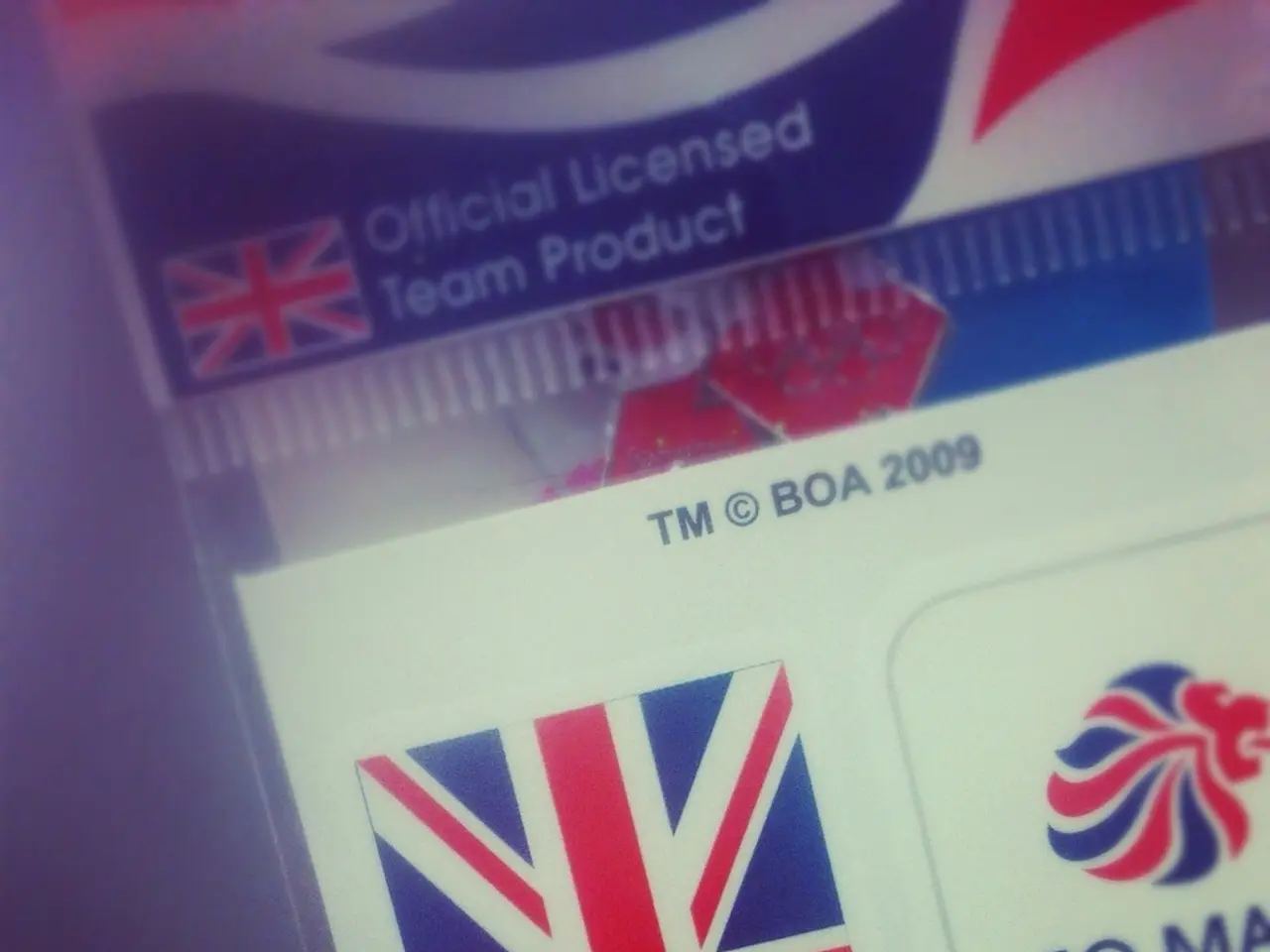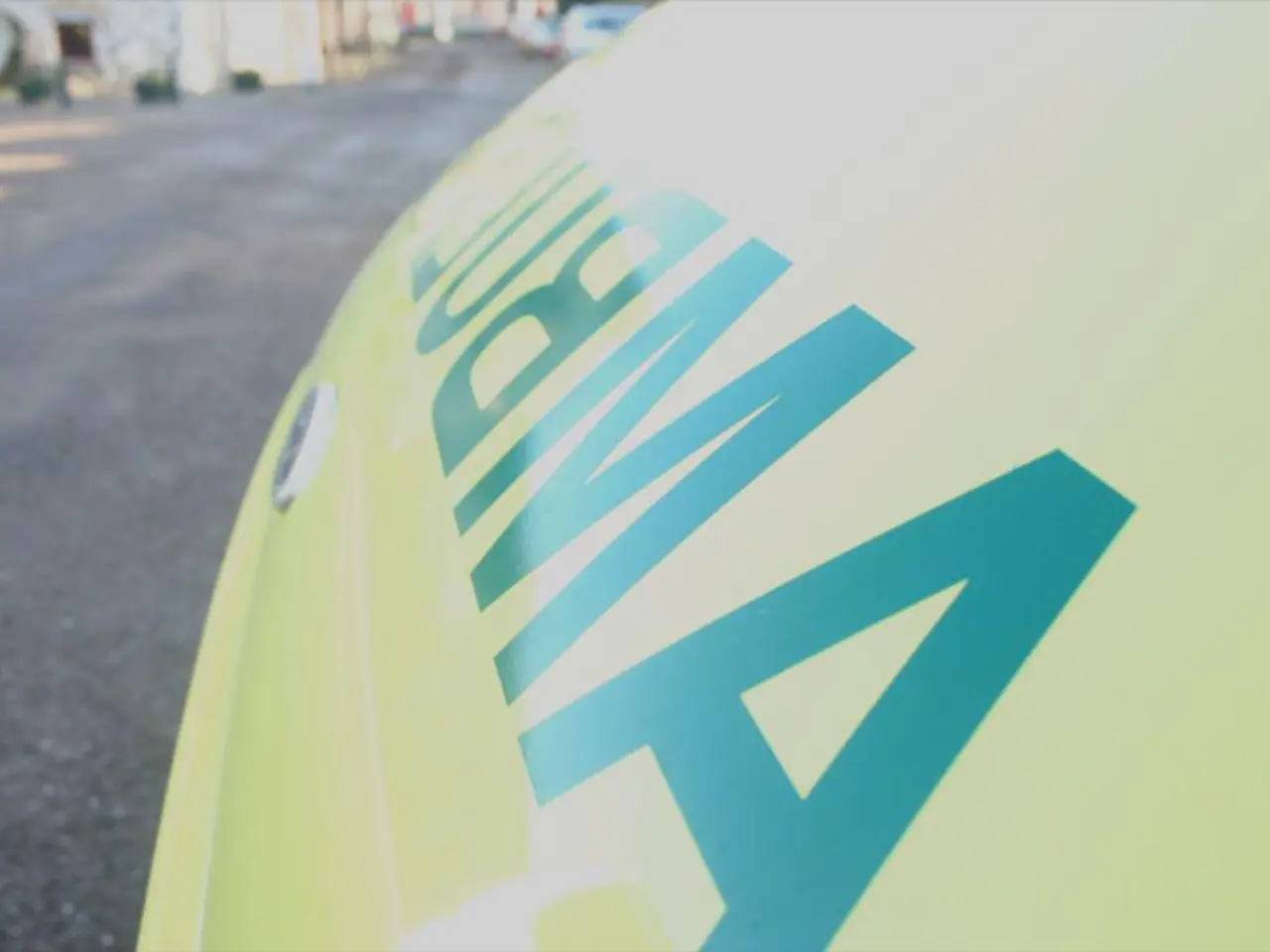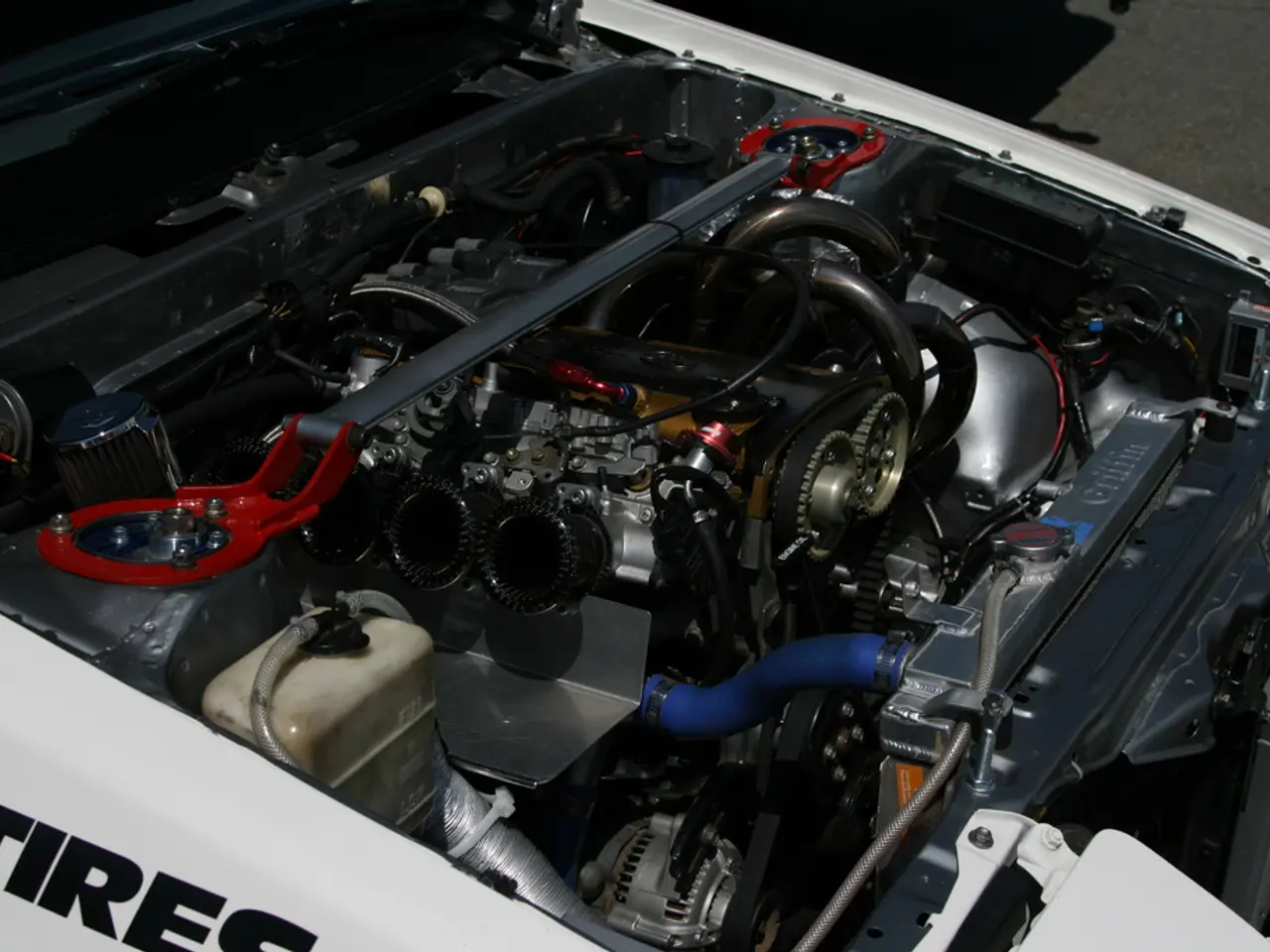Spacecraft carrying a new team of astronauts successfully attaches to the International Space Station - Spacecraft carrying new astronaut team arrives at International Space Station
The International Space Station (ISS) has welcomed a new crew, marking the beginning of a six-month stay for the astronauts and cosmonauts as they conduct experiments and simulate lunar landing scenarios.
The crew, consisting of four individuals, includes US astronauts Zena Cardman and Mike Fincke, Japanese astronaut Kimiya Yui, and Russian cosmonaut Oleg Platonov. They were greeted warmly by the current ISS crew, who offered them cold drinks, warm food, and their presence.
Mike Fincke, one of the astronauts on the ISS crew, expressed his excitement about being part of this mission. The ISS continues to serve as a hub for various space-related activities, and this new crew's activities are part of NASA's larger plan to return to the moon.
Meanwhile, the Artemis lunar mission, which aims to launch a manned lunar landing since more than 50 years ago in 2027, has faced significant technical issues and increasing costs. The Artemis III mission, dependent on SpaceX’s Starship Human Landing System (HLS), has experienced delays due to technical challenges, propellant management risks, and concerns about astronaut training adequacy.
Budgetary pressures also pose a challenge, with NASA facing potential cuts of up to 24% in 2026 funding and a significant workforce reduction (over 20%). These factors could impact mission timelines and other projects, contributing to increasing costs and schedule uncertainty.
Despite these challenges, NASA remains committed to the Artemis programme. The Artemis II mission, a crewed lunar flyby tentatively launching no earlier than April 2026, is still on track. The mission is crucial for maintaining momentum and political support, serving as a stepping stone towards the ambitious Artemis III lunar landing.
The video of the docking process was published by SpaceX online, offering a glimpse into the beginning of this exciting mission. As the crew settles into their new home on the ISS, they will undoubtedly face numerous challenges and opportunities, contributing to the advancement of space exploration.
[Sources] [1] Ars Technica. (2022, February 11). NASA's Artemis III lunar landing faces delays and risks. Ars Technica. https://arstechnica.com/science/2022/02/nasas-artemis-iii-lunar-landing-faces-delays-and-risks/ [2] Space.com. (2022, February 10). Artemis II: NASA's Crewed Lunar Flyby Mission Explained. Space.com. https://www.space.com/artemis-2-crewed-lunar-flyby-mission-explained [3] The Verge. (2022, February 11). NASA's Artemis program faces major budget cuts and workforce reductions, report says. The Verge. https://www.theverge.com/2022/2/11/22930829/nasa-artemis-program-budget-cuts-workforce-reductions-report [4] CNET. (2022, February 11). NASA's Artemis moon program faces budget cuts and delays. CNET. https://www.cnet.com/tech/space/nasas-artemis-moon-program-faces-budget-cuts-and-delays/
The crew, consisting of astronauts Zena Cardman, Mike Fincke, Kimiya Yui, and cosmonaut Oleg Platonov, are currently on the International Space Station (ISS) and are part of NASA's larger plan in space-and-astronomy, conducting experiments and simulating lunar landing scenarios as they contribute to the advancement of space exploration. Mike Fincke, a member of the ISS crew, is pursuing this mission with excitement, as the ISS remains a hub for significant space-and-astronomy research and a vital part of the Agency's efforts in space-technology.




